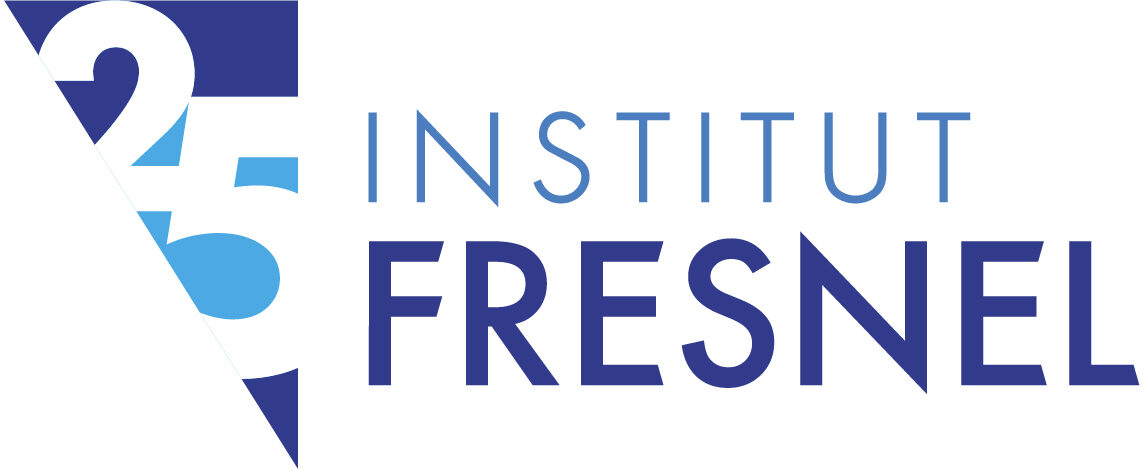Yusuf Oluwatoki will defend his Ph.D. thesis entitled “Pathways to Robust Tomographic Full-Wave Radar Imaging of Small Solar System Bodies’ Interior” in auditorium TB109 of Tietotalo, Tampere University (Korkeakoulunkatu 1) in Finland on 29 November 2024 at 14:00 French time.
The presentation will be in English, and you can join the event via Zoom https://tuni.zoom.us/j/66816547538
The Jury Committee is composed as follow :
– Sampsa PURSIAINEN, Professor, Tampere University, Directeur de thèse
– Christelle EYRAUD, Associate Professor, Aix-Marseille Université, Co-directrice de thèse
– Erik ASPHAUG, Professor, The University of Arizona , Rapporteur
– Anne VIRKKI, Academy Research Fellow, University of Helsinki, Rapporteur
– Valérie CIARLETTI, Professor, Université Versailles Saint-Quentin-en-Yvelines , Président
– Paul SAVA, Professor Colorado School of Mines, Examinateur
Abstract : Asteroids and other small solar system bodies are primitive objects in space whose interior composition holds valuable information about the planetary system’s origin, formation and evolution. Our knowledge of the interior structure and composition of asteroids and small solar system bodies remains minimal since most spacecraft exploration aims to collect samples from asteroid surfaces and return them to Earth for analysis. The goal of asteroid analogue radar tomography has recently become approachable via numerical techniques such as full-inversion which combines computationally intensive forward simulation with advanced inversion algorithm using state-of-the-art high-performance computers equipped with high-end GPU (graphics processing unit) resources. This dissertation further explores the applicability of a non-destructive approach for imaging the deep interior of asteroid analogues via advanced numerical computation and quasi-monostatic laboratory measurements. In particular, it aims to advance the studies on radar tomography of asteroid analogues via numerical simulation of 2-dimensional and 3-dimensional test domains, and quasi-monostatic microwave measurement. The numerical experiments on the 2D analogue model of asteroid 1998 KY26 , considered 20 and 60MHz centre frequencies which correspond to 21 and 64 times the wavelength of the signal propagating in the numerical domain compared to its diameter, respectively. These frequencies have been determined for CubeSat- based DISCUS (Deep Interior Scanning CubeSat) and Juventas radar, respectively. The 3-dimensional numerical experiment on the other hand utilised a test domain of the asteroid Itokawa analogue modelled with a 12.9 GHz centre frequency (corresponding to 16 times the wavelength of the signal propagating in the target analogue compared to the diameter of the target) and a 5.70 GHz bandwidth. This dissertation also proposed filtering methods to reduce the wavelength-induced uncertainties and multipath effects which are modelling errors caused by the complex multipath signal propagation inside the target for the time domain wavefield simulation via statistical approaches. The dissertation establishes that the quasi-monostatic microwave measurement data of the asteroid Itokawa analogue can be inverted by retrieving the structural parameter (shape and position of the voids) with multi-frequency radar over an opti- mised spherical (igloo) measurement configuration. A fast inversion procedure for the reconstruction of the quasi-monostatic measurement data via the observation equation over various frequency bands, frequency sampling steps and measurement configurations was considered as an alternative to the numerical experiment wave-field inversion. The quasi-monostatic microwave measurements were also inverted in the presence of noise. Filtering techniques such as principal component analysis, 7 truncated singular value decomposition, time-frequency representation, and geometric optics were considered to obtain better reconstruction of the backpropagation inversion results. The forward model, filtering techniques, and inversion algorithms presented in this dissertation have been used to successfully reconstruct the interior of a high-contrast asteroid analogue for both numerical and experimental cases with reasonable accuracy and robustness evaluated via quantitative measures of fit. The dissertation also demonstrated the feasibility and the potential applicability of the methods examined therein to future spacecraft tomographic radar investigations which would require higher computational resources due to the large diameter of small solar system bodies such as asteroids and comets.
Keywords : Numerical methods, Electromagnetic waves, Microwave analogues, Inverse problems, Radar tomography

